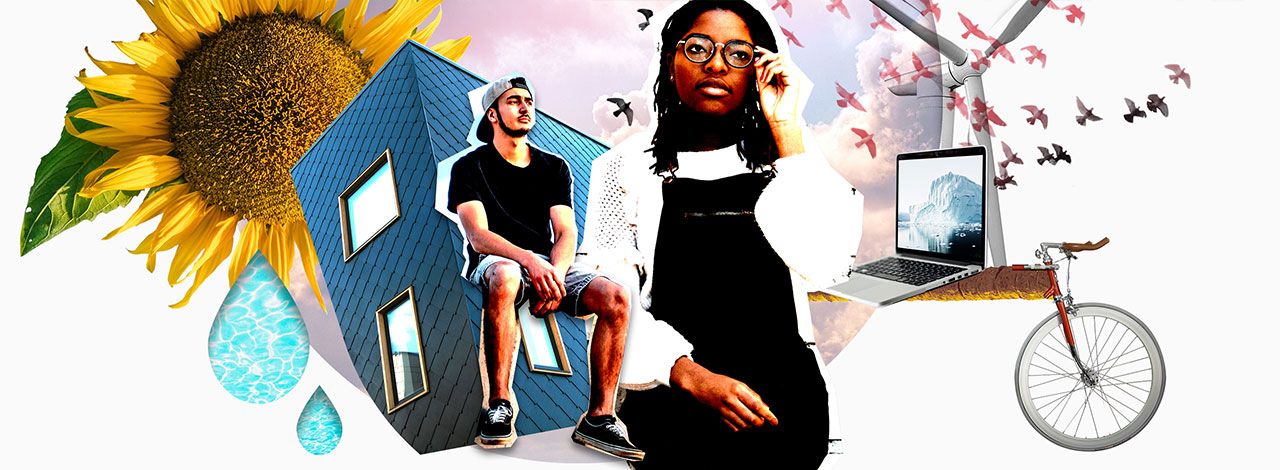Intellectual Properties (IPs) and their respective protection through various legal statutes have become an inevitable and indispensable requirement for ensuring sustainability of the future generations for a prosperous, healthy, and safe future.
Numerous current technological advancements across domains have, over the years, yielded adverse effects in terms of environment, safety, security, and health concerns, which unless continuously improvised upon through innovation and respective protection in the form of Patents and Designs, would lead to detrimental impact on the generations to come.

Innovating For A Better Future
[Picture Credit: WIPO]
What more fitting example of the above proposition can be given than the Covid-19 itself where while, on one hand, the virus shocked the world, scientists across research groups all over the world, in less a year, developed, commercialized, and implemented a full cycle vaccination programme to ensure that the mortality rate is extremely low and fatalities are reduced for survival of the young ones.
Without strong IP protection, even such vaccination programmes would have no meaning given that the whole incentive to invest significant resources in core R&D is with a key intent of being able to at least make reasonable monetization of the product through exclusive rights that can only be accorded through prompt Patent protection and enforcement.
Another example being in the domain of environmental engineering where Patents/IPs being filed for automatic cleaning and sanitization of waste water, IoT based controlling of water bodies to ensure appropriate water consumption, and utilization of solar energy.
For various industrial processes through real-time change in patterns of charging panels are only very few instances through which not only are we able to increase the average lifespan of current human race but such IP development and commercialization also leads to incentivize further research being done, not only by for-profit entities but also academic entities to ensure that generations to come live a safe and healthy lifestyle.
Yet another example of IP playing a critical role for the youth of the country is through controlled utilization of biodiversity resources by linking the usage of naturally occurring plants and parts thereof with the patent protection mechanism,
wherein regulatory organizations such as National Biodiversity Authority (NBA) play a critical role to ensure that no patent that claims a subject matter having a natural plant part extract is given protection unless a comprehensive commercialization agreement offering royalty to the NBA is executed between the Patent Applicant and the NBA,
Thereby not only controlling and monitoring the usage of the naturally occurring resources such as Aswagandha but also ensure that the resources are carefully utilized and consideration paid for to facilitate further plantation and growth of such plants and bio-resources for our children.
In furtherance, bodies such as the DPIIT have also played a critical role in promoting startups to file patents by heavily incentivizing them through facilitators, which not only creates an inclusive and thorough ecosystem for appreciation of IP assets,
But also acts as a role model and motivational factor for the country's youth to take inspiration from Patentees/IP owners that have thrived on IP commercialization and have facilitated a research oriented culture pan-India. Innovation, in sum, therefore is not a want but a need of the present hour and it's the youth at even at the school and university level need to get grossly involved in so that a robust IP culture is developed in the country in order to enable a sustainable future for all time to come.
IP & Youth: Innovating For A Better Future
The content of this article is intended to provide a general guide to the subject matter. Specialist advice should be sought about your specific circumstances.
